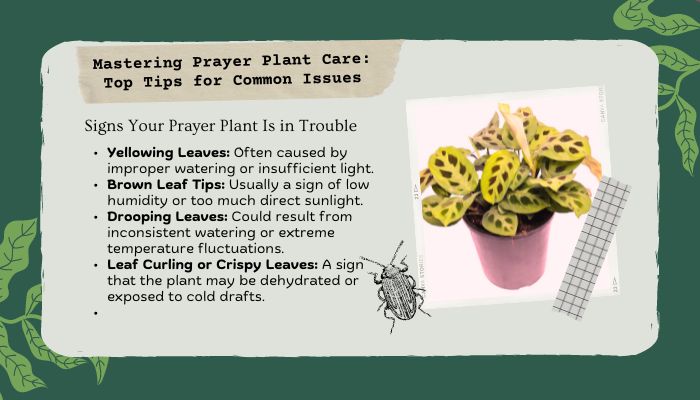The Peacock Plant (Calathea makoyana) is a stunning tropical houseplant known for its vivid, feathery leaves, resembling the vibrant feathers of a peacock. Native to the Brazilian rainforest, it thrives in conditions that mimic its natural habitat—high humidity, consistent moisture, and indirect sunlight. This guide will take you through every aspect of peacock plant care to help your plant flourish in an indoor setting.
The Right Environment for Your Peacock Plant
Light Requirements
Peacock plants need indirect or filtered light. Avoid placing the plant in direct sunlight as it can scorch the leaves, causing the vibrant colors to fade. If your plant isn’t getting enough light, the leaves may droop or lose some vibrancy. A bright room with filtered light is ideal
Ideal Temperature and Humidity
Peacock plants flourish in temperatures between 65°F and 75°F (18°C to 24°C). Avoid sudden drafts from windows or air conditioning units, as the plant is sensitive to cold.
Humidity is another critical factor—these plants prefer humidity levels of 50%-60%. In dry climates or during winter, you can maintain humidity with regular misting, using a humidifier, or placing the plant on a pebble tray
Watering Your Peacock Plant
How to Water Correctly
One of the trickiest aspects of caring for a peacock plant is getting the watering balance just right. These plants prefer consistently moist soil but dislike sitting in water, which can cause root rot. Wait until the top 1-2 inches of soil are dry before watering again.
Be sure to use distilled or rainwater, as tap water may contain chemicals like fluoride that could cause leaf tip burn(
Seasonal Watering Adjustments
During winter, the plant’s growth slows, so reduce the frequency of watering, ensuring the soil remains slightly moist without becoming soggy
Choosing the Right Soil and Pot
Soil Mix
Peacock plants prefer well-draining soil rich in organic matter. A good soil mix includes peat moss, perlite, and even coco coir, which retains moisture while allowing for good drainage.
Ensure the pH of the soil is slightly acidic to neutral, around 6.0 to 7.0.
Pot Selection
Choose a pot with good drainage to prevent waterlogging. A pot that is 1-2 inches larger than the current pot should be sufficient to allow for growth without overwhelming the roots. Repot your peacock plant every 2-3 years, or when you notice the roots becoming bound
Fertilizing Your Peacock Plant
During the growing season (spring to early fall), feed your peacock plant with a diluted liquid fertilizer every two weeks. Choose a fertilizer high in nitrogen and iron to enhance the leaf colors. No fertilization is needed in winter, as the plant enters a resting phase
Common Problems and How to Fix Them
Leaf Curling or Browning
If you notice leaf curling or browning at the tips, it could be due to low humidity or a watering issue. Increase the humidity by misting the plant and ensuring the soil stays evenly moist. Avoid placing the plant near cold drafts or direct sunlight
Pests
Like many houseplants, the peacock plant can be susceptible to spider mites, aphids, and scale. Inspect your plant regularly, and if you notice any of these pests, treat them with an insecticidal soap or neem oil spray
FAQs
How Often Should I Water My Peacock Plant?
Water your peacock plant when the top 1-2 inches of soil are dry. This usually translates to once a week during summer and once every two weeks in winter, depending on your home’s environment
Why Are My Peacock Plant’s Leaves Curling?
Leaf curling is often a sign of underwatering or low humidity. Ensure the soil is consistently moist and increase the humidity around the plant
Is the Peacock Plant Toxic to Pets?
Good news! The peacock plant is non-toxic to both cats and dogs, making it a safe choice for homes with pets





